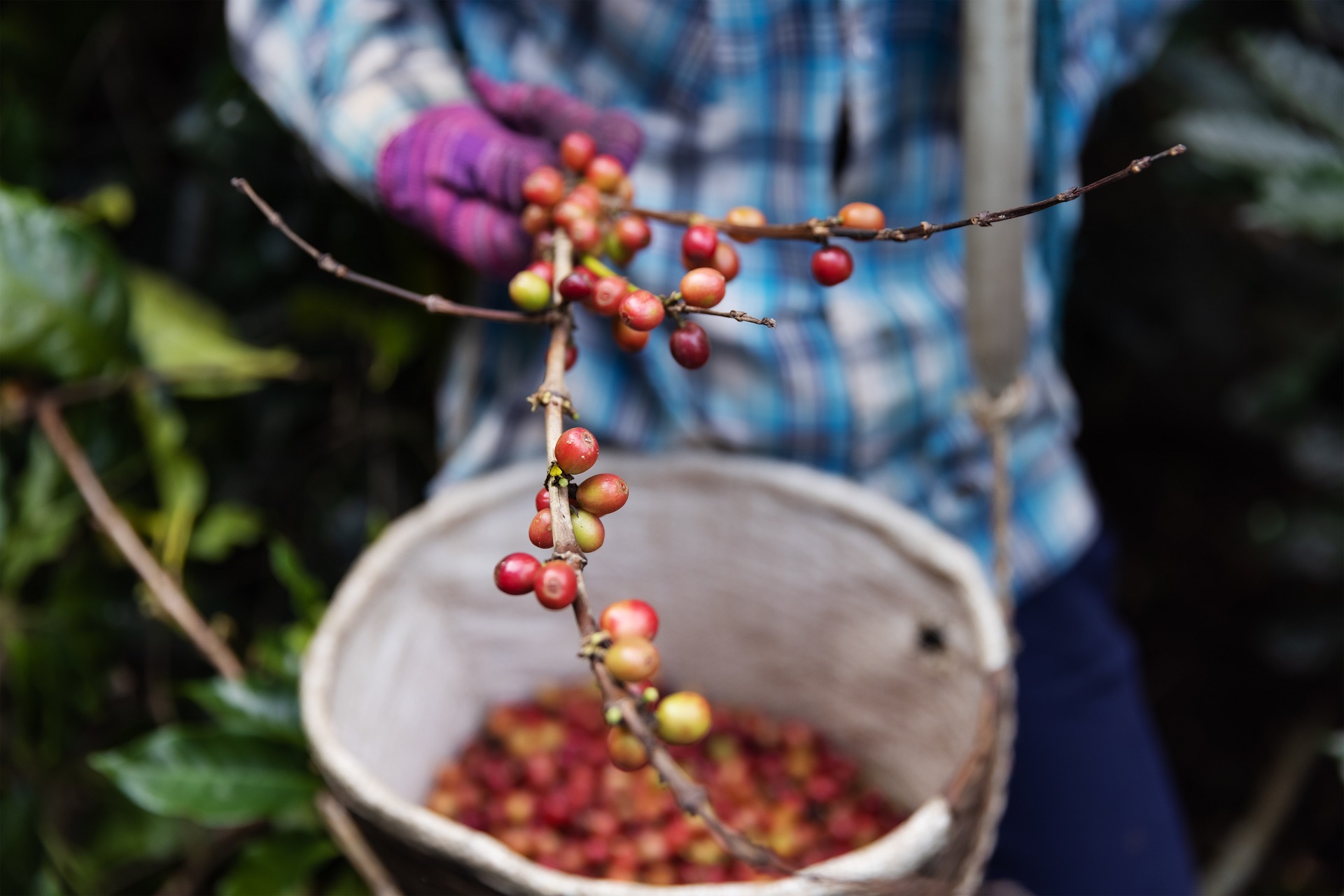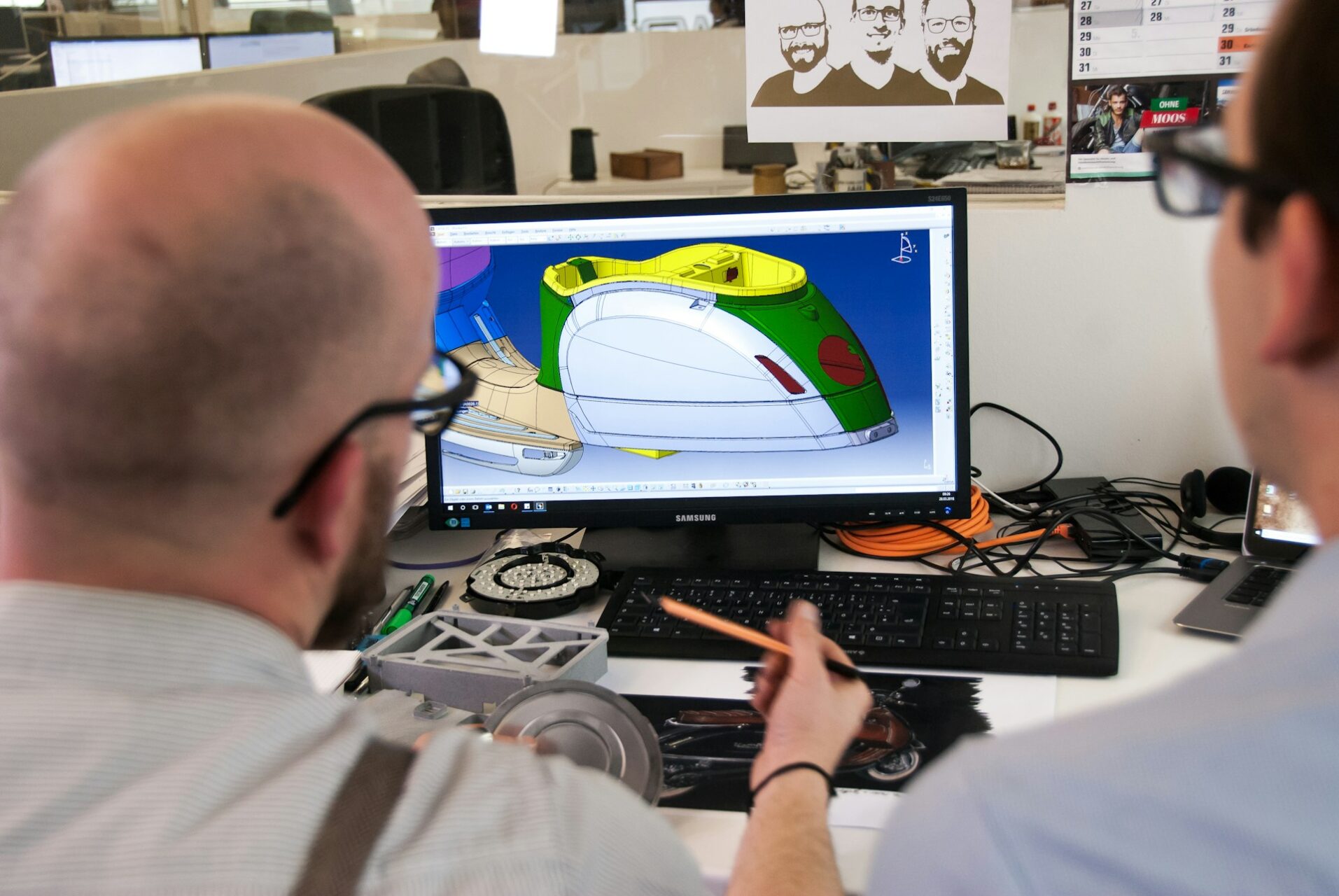
The Supply Chain for Coffee: How You Got Your Morning Brew
February 27, 2023 - Lou Farrell
Revolutionized is reader-supported. When you buy through links on our site, we may earn an affiliate commision. Learn more here.
It’s deceptively simple to go to our kitchens and brew an entire pot of coffee or a double shot of espresso if you’re feeling extra sleepy. However, it took the whole globe to bring you that morning jolt of energy. The supply chain for coffee is expansive and intricate from an outside perspective, but taking the time to understand the players and process will grant more appreciation for every energizing sip of your morning brew.
There are talks of innovation, environmentalism and manufacturing efficiency worldwide — it all impacts the coffee supply chain eventually. Industry 4.0 is turning to Industry 5.0, and supply chains need to overcome the COVID-19 pandemic’s shortages and delays to please customers’ ever-growing demand. People will never stop wanting coffee, so let’s see the foundation innovators have to work with when making it more productive, eco-friendly and viable.
Who Are the Players in the Coffee Supply Chain?
It’s hard to see coffee past the Starbucks barista, especially when that is the majority of consumer experience with coffee. Countless individuals go into every cup of coffee, so let’s start from the beginning of the process to see how thousands crafted your favorite latte.
Growers
Equatorial communities worldwide dedicate their lives to producing coffee to be shipped everywhere. The growers on these farms work long and laborious hours tending to the coffee plants — often without the help of machinery.
Processors
Processors can be on-site with the growers or exist as a separate facility depending on the farm’s accommodations. Sometimes, they operate as co-ops with multiple farms sharing machinery to take the coffee through a refining process.
Government Agents, Exporters and Suppliers
Since coffee is shipped globally, agencies will regulate national imports of coffee — especially in Nordic countries, which drinks the most coffee per capita. The agents buy the coffee, and then they reach out to exporters for them to sell to suppliers.
Roasters
As the name suggests, roasters are in charge of roasting the beans. They monitor them until they are in a form that is grindable, curating them depending on roast levels.
Retailers
Then retailers, including local cafés to major supermarkets, buy from roasters and third parties. The shipping process continues to your favorite barista’s machine to craft cups for your enjoyment.
Let’s not forget intermediaries — an essential but often overlooked part of the coffee supply chain. These are the third parties that wear many hats. They can transport and even buy the final product as they are the connecting threads from start to finish.
How is My Coffee Born?
Now that there’s familiarity with everyone involved, let’s understand how they all collaborate to craft the perfect bean.
Coffee trees do not grow beans, but coffee cherries. They are usually individually harvested by hand due to their inconsistent ripening windows. Once growers pick the cherries, it’s time for processing.
During processing, the cherries are sent through a wet mill, separating the seeds from the fruit and then by density. The denser the seed, the more flavorful they are. These are picked out for fermentation.
These are washed and dried, sometimes over weeks. The seeds are sorted again by density, size and color. There is also dry processing, which waits for the cherries to separate in the sun.
Now, they are green coffee beans — processed yet unroasted. This is when they’re put in classic burlap sacks, thrown in shipping containers, and shipped on ocean freights to their destinations.
During roasting, a metallic arm stirs and heats the beans. Roasters monitor many facets of the beans, from moisture level, color and temperature, and adjust accordingly. This releases oils from within, transforming them into something grindable.
Professionals known as Q graders use cupping to grade the coffee to see if roasting executed an excellent roast. This is when exquisite nutty, fruity or pastry notes can come through in a flawlessly prepared brew. Then, they are bagged, packed onto trucks and the rest is history.
What Are the Issues in the Coffee Supply Chain?
As with most industries, the coffee supply chain is not without its challenges. There are several internal issues, and building resilience in any supply chain is a demanding process.
First are queries about ethical labor practices. Many farmers work long hours for little wages — some receive no compensation. It has driven organizations like Conservation International to create the Sustainable Coffee Challenge, outlining qualifications for more ethical codes of conduct for farms. This includes:
- Basic sanitation services like potable water and toilet facilities
- Adequate health and safety training
- Contract transparency
- Fair and humane treatment
High global demand with insufficient employees has fostered an environment for worker exploitation. With exposure to chemicals and heat, their livelihoods are at risk.
This ties into the issue of the environmental impact of the coffee industry. Rising temperatures create even more difficult working conditions, and mass production also saps ecosystems of resources.
Traditional coffee growing using shading tree canopies has shifted to sun-grown coffee farming. Where biodiversity was previously encouraged with shady trees, this is no longer an option because direct sunlight provides a higher yield.
This shift decreased biodiversity and eliminated entire habitats by deforestation to facilitate these vast sun-grown coffee farms. Over 2.5 million acres were cleared in Central America alone to meet the demand of voracious consumers worldwide.
This commercialization produces other environmental concerns from any growing industry, such as water pollution and contamination from the mass use of chemical pesticides to soil abuse.
The global climate and civil rights conversations have worked as catalysts for revising these coffee supply chain matters. Still, as with all industry changes, it will be a gradual improvement process.
The Coffee Supply Chain, Simplified
Knowing the background processes and parties involved in crafting the perfect cup of coffee will increase appreciation. The desire becomes even more urgent and the flavor becomes deeper.
That’s because you’ve taken steps to understand the hard work from everyone involved in creating potentially the only part of your morning getting you out of bed.
Revolutionized is reader-supported. When you buy through links on our site, we may earn an affiliate commision. Learn more here.




